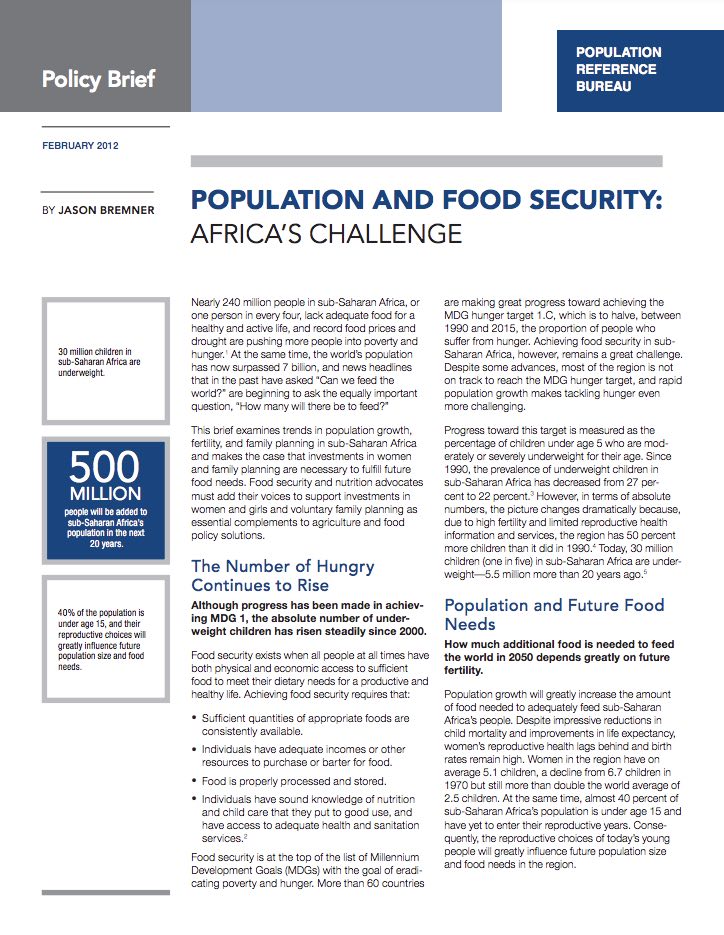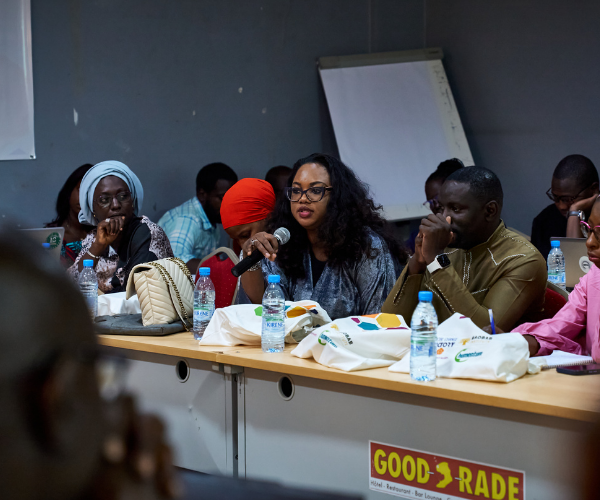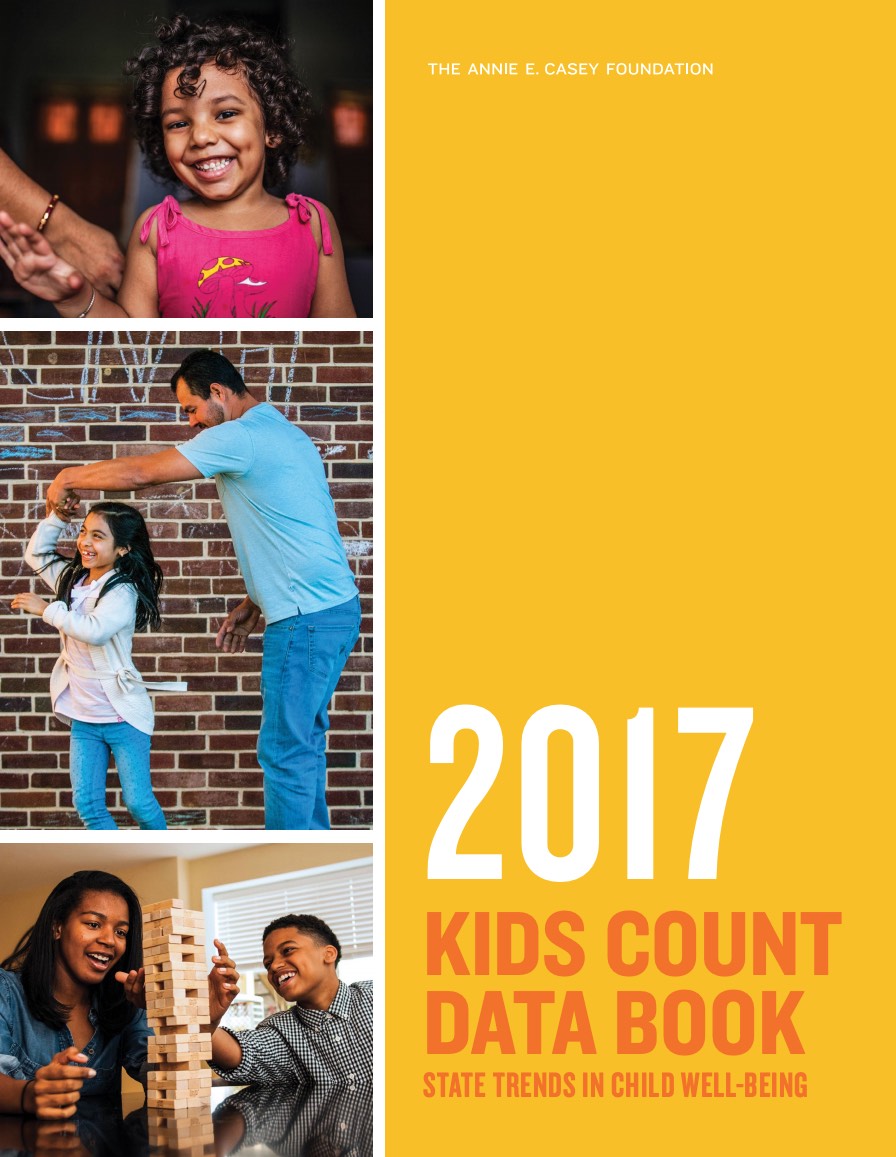Without My Consent — Women and HIV-Related Stigma in India
(2003) Both are voices of women in Delhi, but they could be from anywhere in this country of 1 billion people.
(2003) Both are voices of women in Delhi, but they could be from anywhere in this country of 1 billion people.

(2012) Nearly 240 million people in sub-Saharan Africa, or one person in every four, lack adequate food for a healthy and active life, and record food prices and drought are pushing more people into poverty and hunger.1 At the same time, the world’s population has now surpassed 7 billion, and news headlines that in the past have asked “Can we feed the world?” are beginning to ask the equally important question, “How many will there be to feed?”
In 2008, 36 million people died from noncommunicable diseases (NCDs). Deaths related to these chronic diseases are increasing, especially in low- and middle-income countries.

(2012) Almost two of every three people in sub-Saharan Africa live in a rural area, relying principally on small-scale agriculture for their livelihood. Improving agriculture on small farms is critical to reducing hunger.
(2009) For over 35 years, Dr. Sharon Ramey has studied early childhood development and how to implement scientific research in policy. On Feb. 11, she participated in PRB's Policy Seminar series to discuss how to take what is known to work for early childhood development and bring science to bear to design effective policy.

Supporting localization isn’t about stepping back—it’s about showing up differently. In Dakar, we witnessed what’s possible when we stop talking about youth leadership and start listening to it.
(2011) Vouchers are frequently mentioned as a promising alternative finance mechanism to achieve a variety of goals in health systems and reproductive health services. Do vouchers work?

Project: KIDS COUNT
(2017) The KIDS COUNT Data Book—now in its 28th year—provides an up-to-date and detailed picture of how children are faring in the United States, nationally and in each state.

In the book Five Generations at Work: How We Win Together, for Good, authors Patrick Dunne and Rebecca Robins describe how we’re living in a time of unprecedented demographic change, where five generations work alongside each other in an ideologically and politically fractured environment.